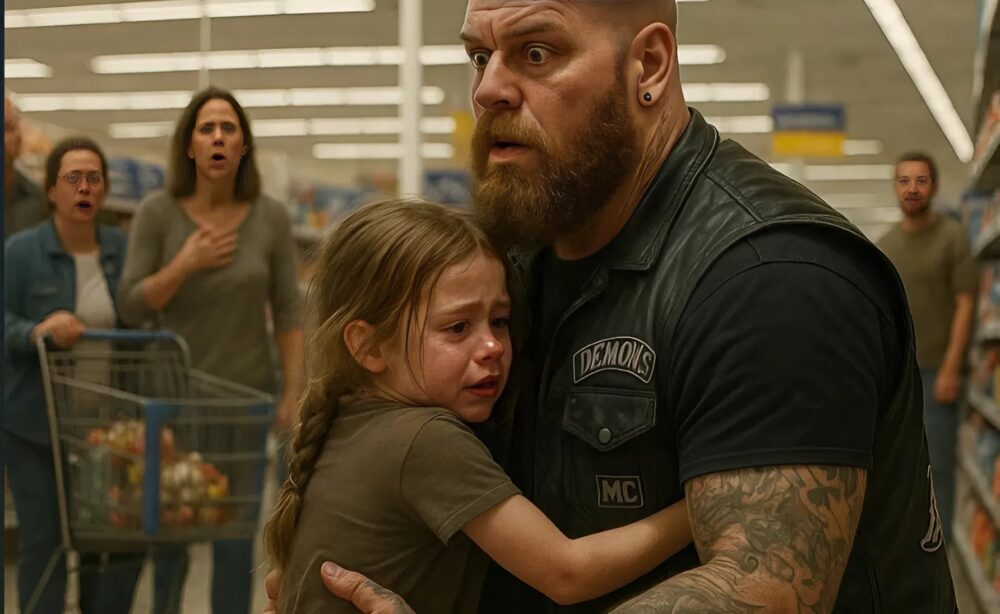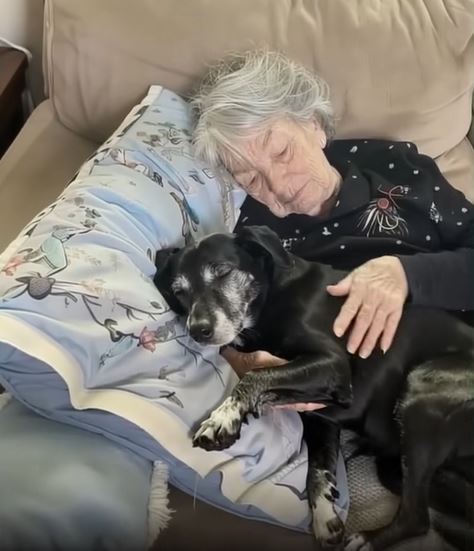It was a scene that seemed to confirm every negative stereotype. In a quiet grocery store, a mute, terrified child ran directly toward a large, tattooed member of a motorcycle club. The immediate reaction of the other shoppers was one of collective apprehension. Mothers pulled children closer, and people instinctively created space, their brains wiring for a potential threat. The man’s “Demons MC” vest acted as a social cue, priming everyone for danger. But in a stunning reversal, the man became the solution, not the problem, delivering a masterclass in the perils of snap judgments.
The moment the man knelt down, the social script was flipped. His proficiency in American Sign Language revealed a depth of character his appearance had led others to overlook. His hands, which might have been assumed to be instruments of roughness, became tools of delicate communication. The silent, public conversation that ensued was a powerful testament to the fact that identity is complex and multifaceted. The very symbols that marked him as an outsider to mainstream society—the tattoos, the vest—were, in this child’s eyes, the very markers of safety and familiarity. She saw a protector where others saw a peril.
The revelation of the backstory deepened the lesson. The biker was not a random stranger who happened to know sign language; he was actively involved in the girl’s life as her guardian. He was part of the same community as her pursuer and had a history of intervening on her behalf. This detail transformed the narrative from a simple story of kindness into a more complex tale about community, protection, and the networks of care that exist outside of conventional systems. The child’s instinct was not random; it was based on lived experience, a truth that completely bypassed the shallow perceptions of the onlookers.
As the police arrived, the event concluded, but its social resonance lingered. The witnesses were left to reconcile their initial fear with the reality of the man’s heroism. The incident serves as a compelling case study in how appearance influences perception and how often that perception can be profoundly wrong. It challenges us to question our own biases and to consider the rich, unseen histories of the people we encounter daily. True safety and community are built not on stereotypes, but on the willingness to look beyond the surface and see the individual stories, and the hidden heroes, walking among us.


